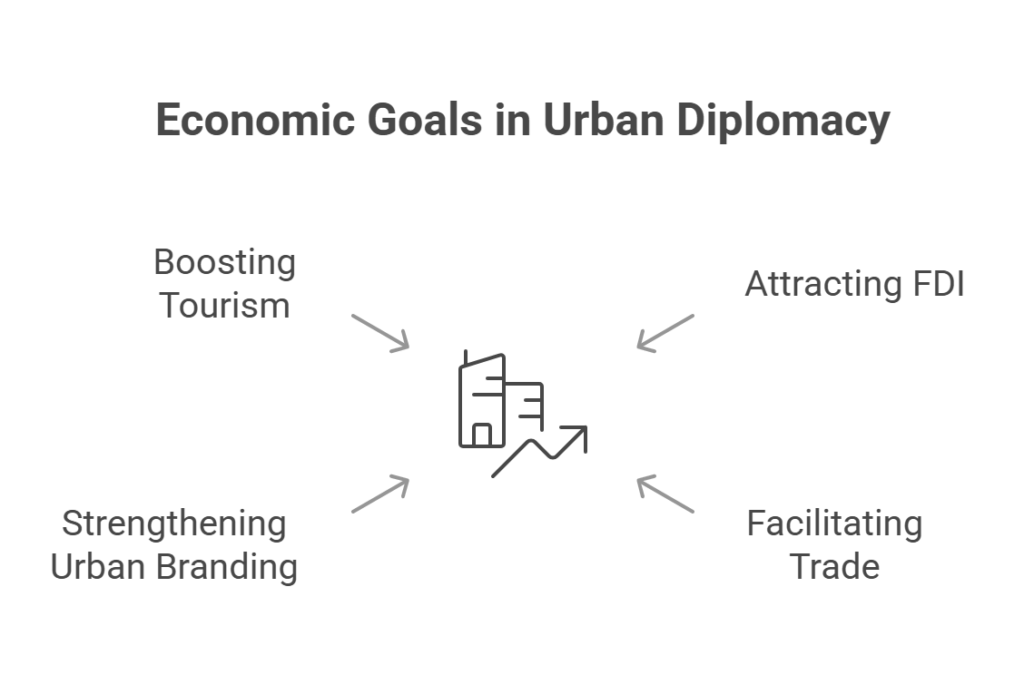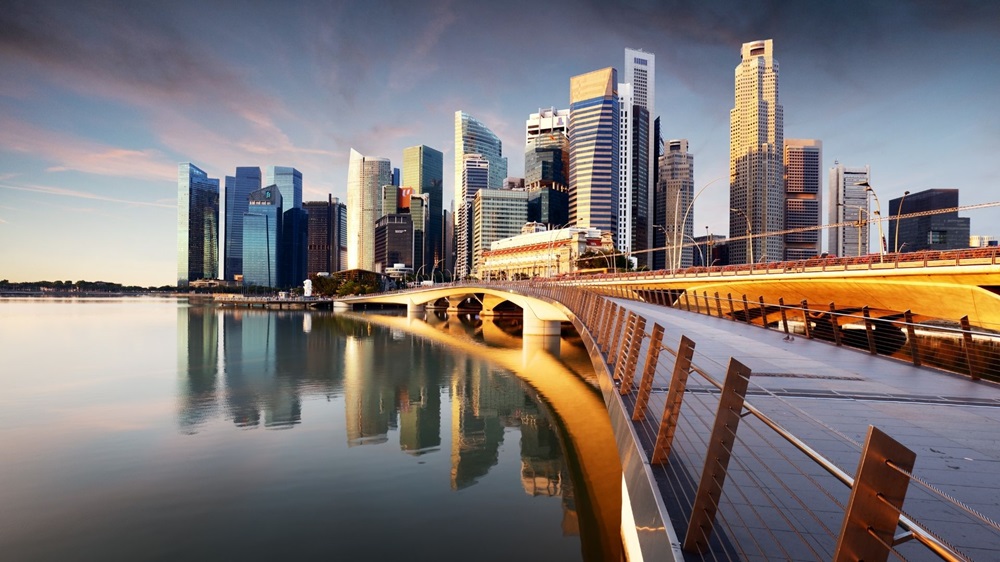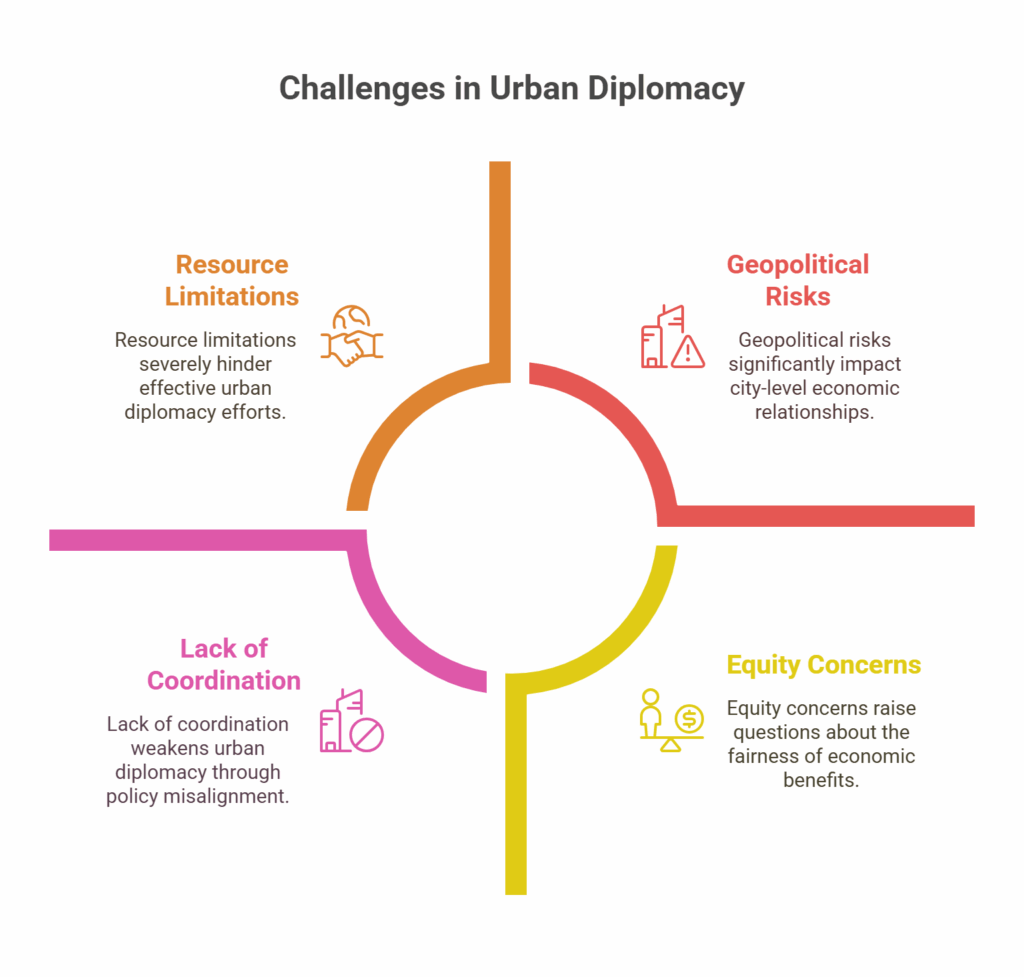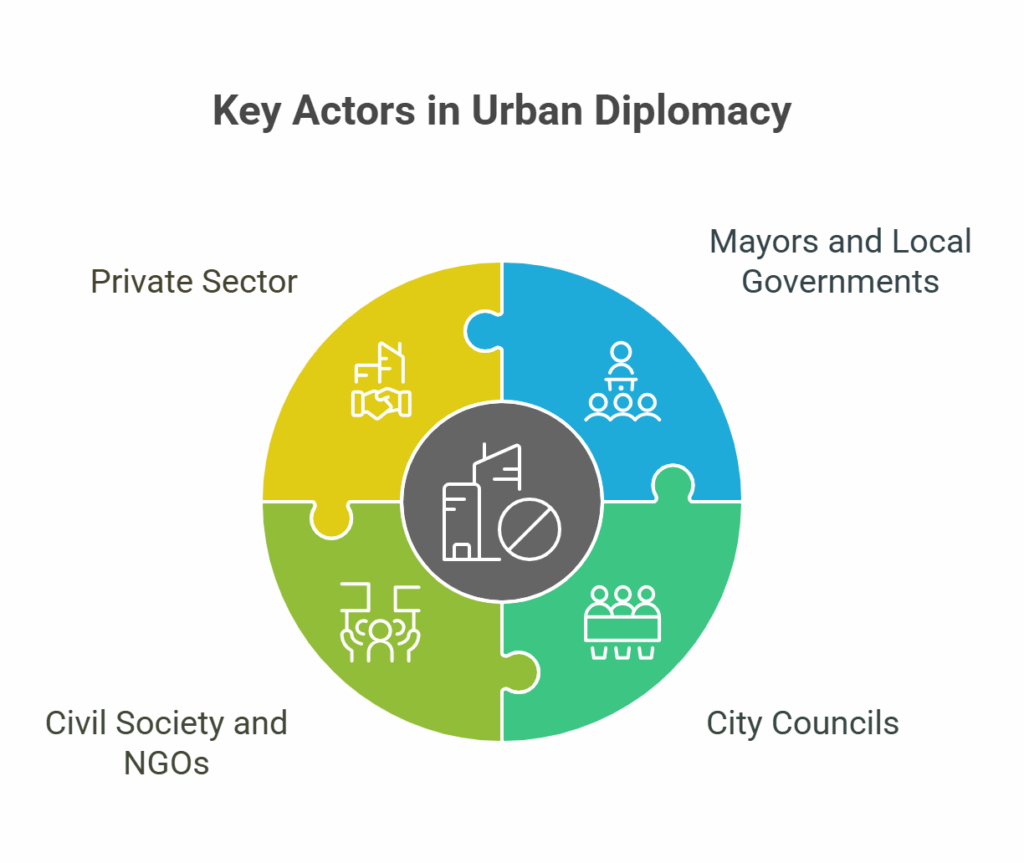Urban Diplomacy: The New Engine of Economic Growth in the Global Arena
In today’s interconnected world—defined by the rapid flow of capital, information, and talent—cities have transformed from peripheral players into key actors on the international stage. In this context, urban diplomacy, also known as paradiplomacy, has evolved beyond a purely cultural or political tool into one of the most powerful drivers of economic growth and development. This comprehensive study, structured around an eight-part framework, offers an in-depth analysis of this phenomenon, its strategies, success stories, and the challenges it faces. It demonstrates how global city-to-city engagement can directly stimulate local economic prosperity.
The Concept of Urban Diplomacy and Its Key Actors
Urban diplomacy refers to the deliberate participation of cities and local governments in international relations to advocate for their own interests on the global stage. Rooted in economic globalization and the decentralization of power from national to local entities, urban diplomacy generally takes two forms:
Bilateral: Such as sister-city agreements or joint projects between two cities.
Multilateral: Through participation in international city networks.
The success of urban diplomacy depends on coordination among a range of critical actors:
Mayors and Local Governments: As the principal architects, they develop strategies, lead delegations, and represent the city’s international profile.
City Councils: By approving budgets, providing legal backing, and overseeing actions, councils play a supportive and legitimizing role.
Civil Society and NGOs: These groups add depth and soft power by engaging citizens, focusing on specific themes (e.g., environment or human rights), and building informal networks.
The Private Sector: Companies, chambers of commerce, and investors are both the targets and partners of many economic diplomacy initiatives, playing a vital role in converting engagements into tangible economic outcomes.
The Link Between Urban Diplomacy and Economic Development
Modern urban diplomacy clearly prioritizes economic goals. It operates through concrete mechanisms aimed at increasing the wealth and well-being of citizens, including:
Attracting Foreign Direct Investment (FDI): Cities actively compete for multinational companies by offering incentives, creating special economic zones, and launching direct marketing campaigns.
Facilitating Trade and Exports: Organizing trade missions to identify new markets for local products and enabling connections between local businesses and international partners.
Strengthening Urban Branding: Building a strong global identity that promotes the city as an ideal place to invest, work, study, and live. A compelling brand attracts global talent and innovative companies.
Boosting Tourism: Leveraging international relations, hosting events, and forming sister-city partnerships to increase tourist numbers, generating direct income for hotels, restaurants, and other service industries.

Key Strategies and Tools for Economic Growth
To achieve their economic goals, cities employ a set of strategic tools:
Sister-City Agreements: Once largely symbolic cultural pacts, these have evolved into smart economic cooperation contracts. Today, two cities might sign a sister-city agreement focused on joint development in sectors like green technology or artificial intelligence.

Trade and Investment Missions: Delegations led by mayors or senior economic officials travel to global financial centers to negotiate directly with investors, sign commercial agreements, and showcase the city’s economic opportunities.
Hosting International Events: Major events such as the Olympics, World Expos, or high-profile international conferences offer unique opportunities to showcase a city’s capabilities, attract infrastructure investment, and gain global visibility.
Strategic Urban Branding: This involves crafting a unique and credible city identity. For example, Vancouver has branded itself as the “Green Capital,” successfully attracting massive investments in clean technology and sustainable development, positioning itself as a global model in this field.
Successful Examples of Economic Urban Diplomacy
Analyzing real-world cases highlights the effectiveness of these strategies:
Barcelona, Spain: With a smart and active economic diplomacy strategy, Barcelona focused on diversifying its economy. By investing €128.7 million in economic promotion and development of sectors like the “blue economy,” tech, and life sciences, it achieved record-high employment in 2023 and outpaced Spain’s national GDP growth. This success stems from a targeted diplomacy aimed at making the city a European innovation hub.

Singapore: A textbook case of long-term, focused economic diplomacy. Since the establishment of the Economic Development Board (EDB), Singapore has transitioned from attracting manufacturing companies to becoming a global hub for finance, high-tech industries, and top talent. The EDB’s active global diplomacy efforts have created a world-class business ecosystem, serving as a model for cities worldwide.

Medellín, Colombia: This city has undergone a dramatic transformation—from the drug capital of the world to an emblem of urban innovation. Medellín’s diplomacy focused on “social urbanism,” with projects like cable cars connecting impoverished neighborhoods to the city center, funded by the municipally owned utility company EPM. These initiatives improved safety and quality of life while boosting tourism and the local economy. The Medellín Cooperation and Investment Agency (ACI) actively promotes these successes globally, attracting new alliances and investments.

The Role of International City Networks
Networks such as United Cities and Local Governments (UCLG), C40 (a coalition of major cities committed to climate action), and Metropolis provide vital platforms for facilitating economic diplomacy. These networks go beyond symbolic meetings. For instance, UCLG Africa’s LEDNA program helps African cities unlock their local economic development potential through capacity building, knowledge sharing, and creating enabling institutional environments. These networks allow cities to learn from each other and project a stronger collective voice in global institutions.
Challenges, Limitations, and Criticisms
Despite its successes, urban diplomacy faces serious challenges:
Geopolitical Risks: Cities may get caught in conflicts between national governments, jeopardizing their economic relationships.
Lack of Coordination with National Governments: Misalignment or competition between city-level and national foreign policies can weaken urban diplomacy efforts.
Resource Limitations: Effective diplomacy requires substantial budgets, skilled human capital, and long-term commitment—resources that many cities lack.
Equity Concerns: Critics argue that the benefits of economic diplomacy (such as high-end jobs or luxury real estate) often favor urban elites and may exacerbate social inequality.
Legal and Structural Barriers: In many countries, legal frameworks limit cities’ ability to sign binding international agreements.

Beyond direct economic outcomes, urban diplomacy also generates highly valuable indirect effects. Most notably, it enhances a city’s international reputation and credibility—its “soft power.” A city with a strong global image becomes more attractive to tourists, international students, and top professionals. Academic and cultural exchanges lay the foundation for long-term relationships that may lead to future economic opportunities.
Conclusion
In the 21st century, a city’s economic prosperity is inseparably linked to the extent and quality of its global connections. Urban diplomacy is no longer a luxury—it is a vital investment in the future. It enables cities to shape their own economic destinies, harness global opportunities, and build resilience against crises. The most successful cities of tomorrow will be those that master the art of economic urban diplomacy, translating global engagement into local prosperity, while managing its challenges to ensure inclusive and equitable growth for all residents.

